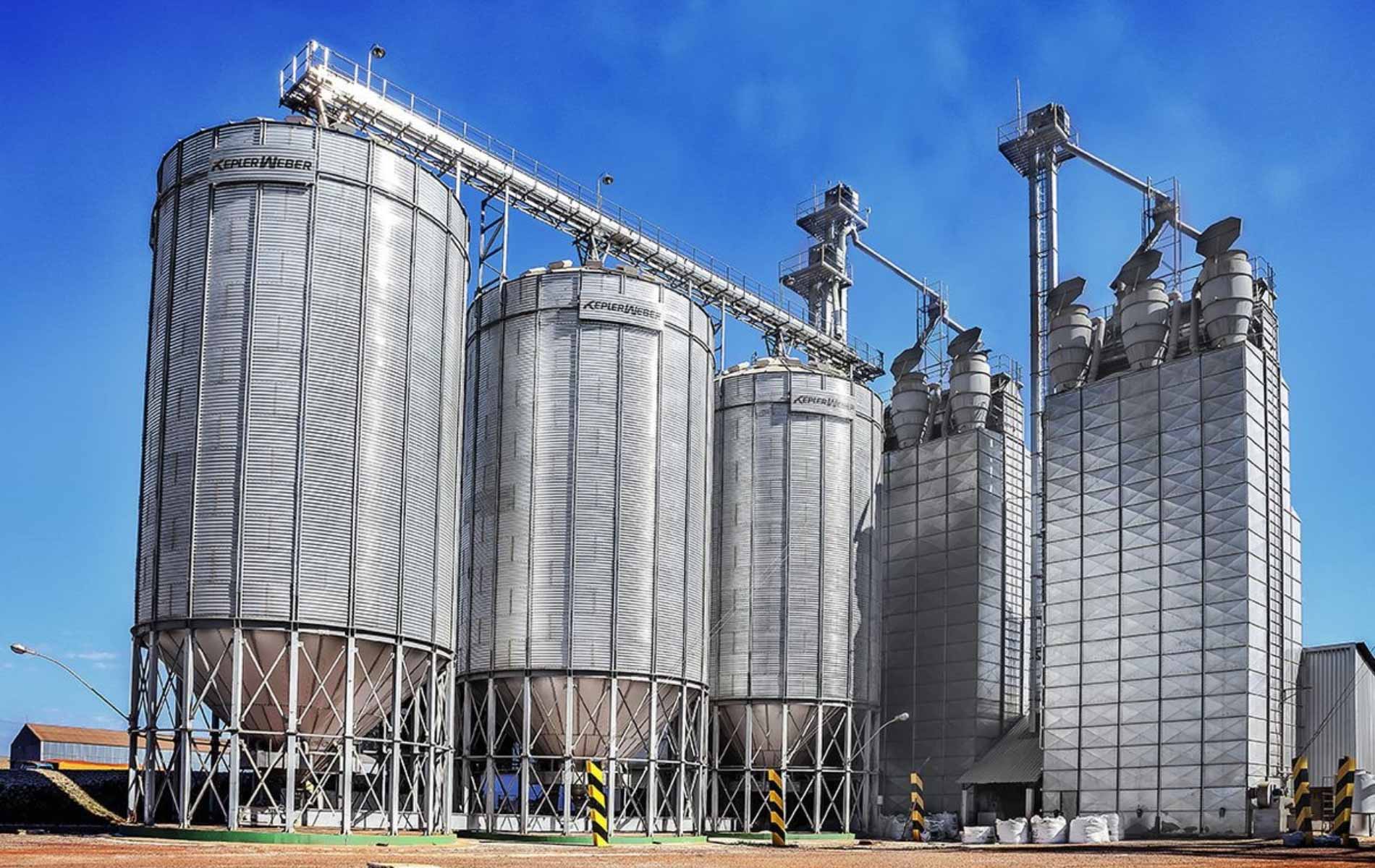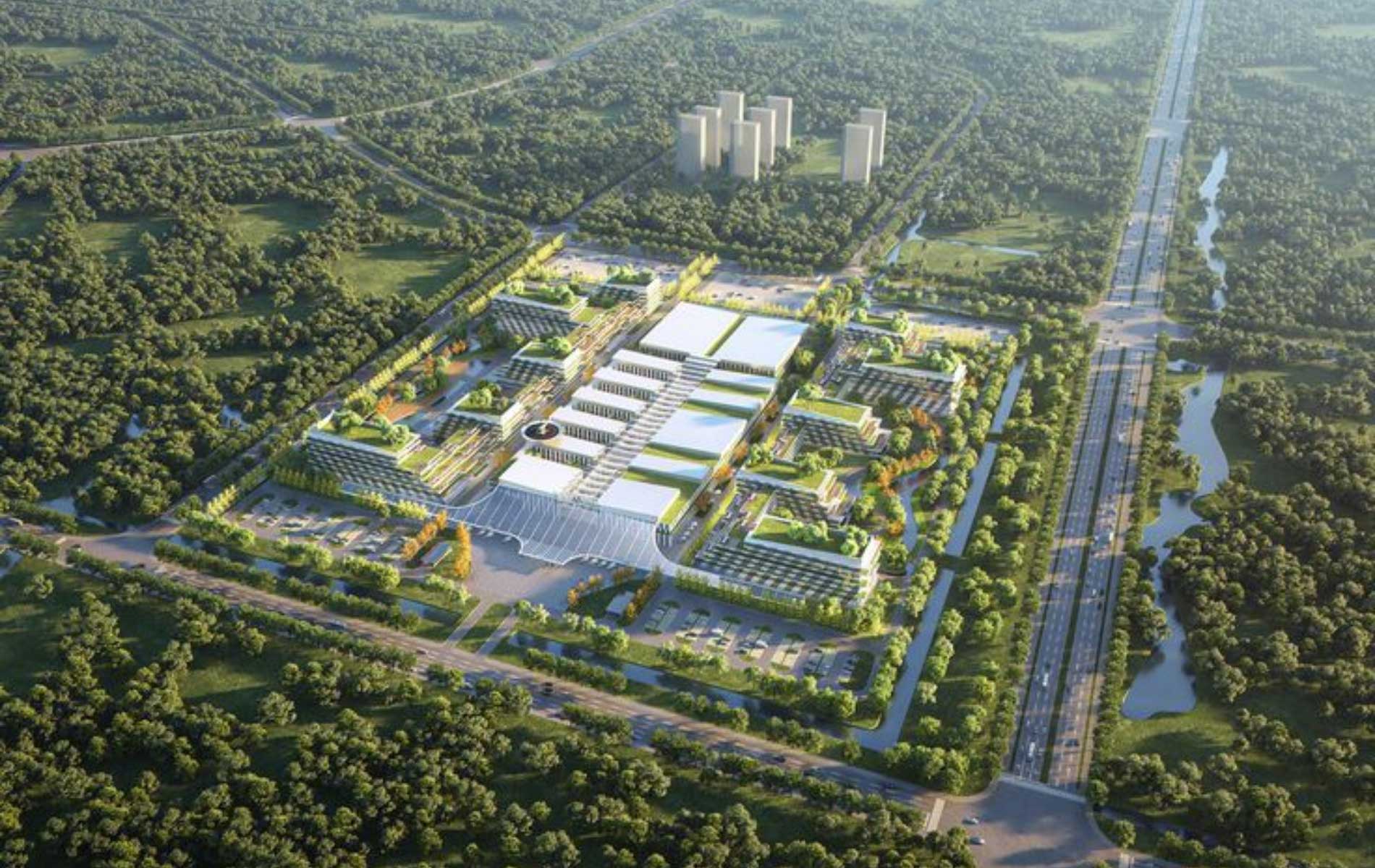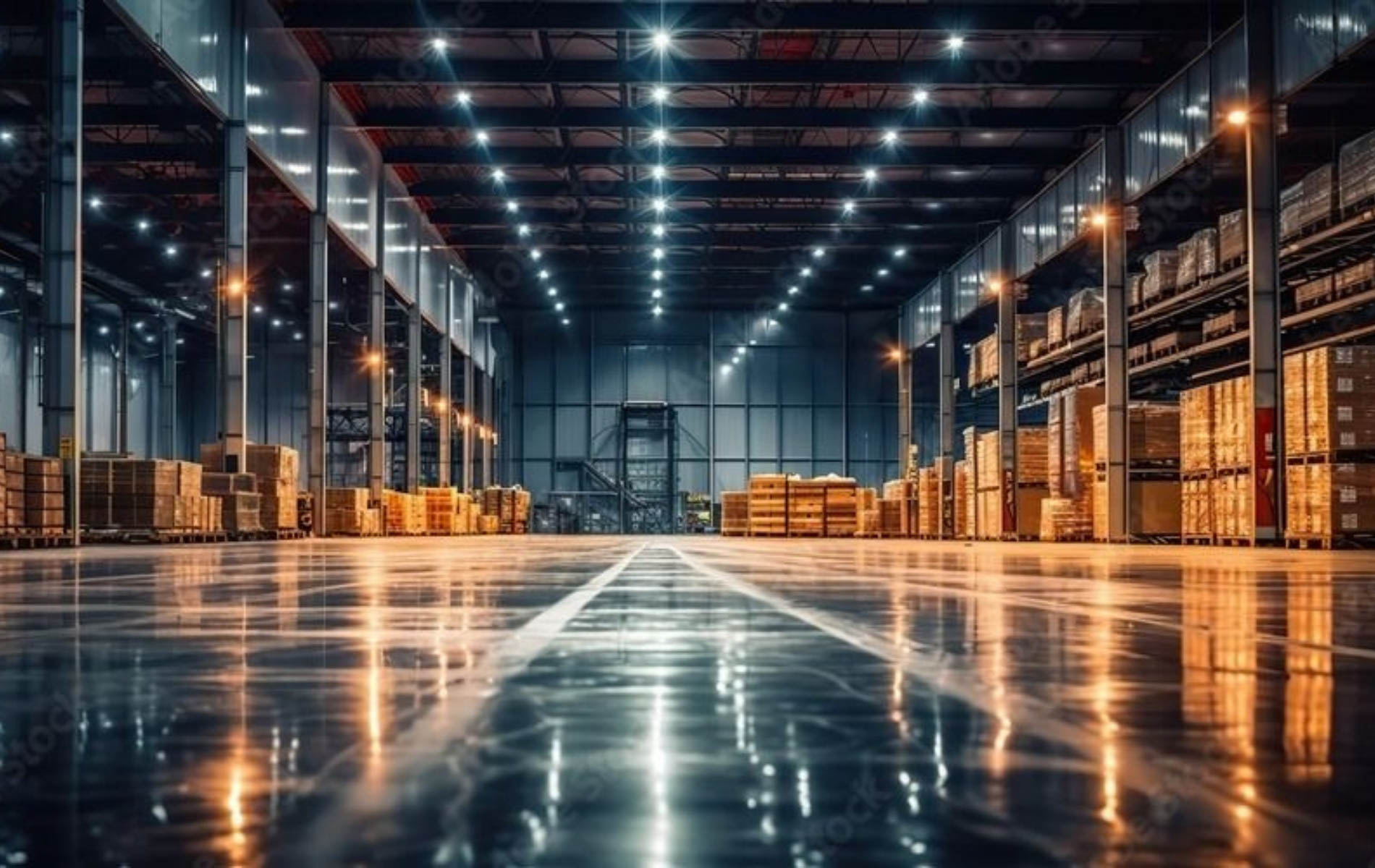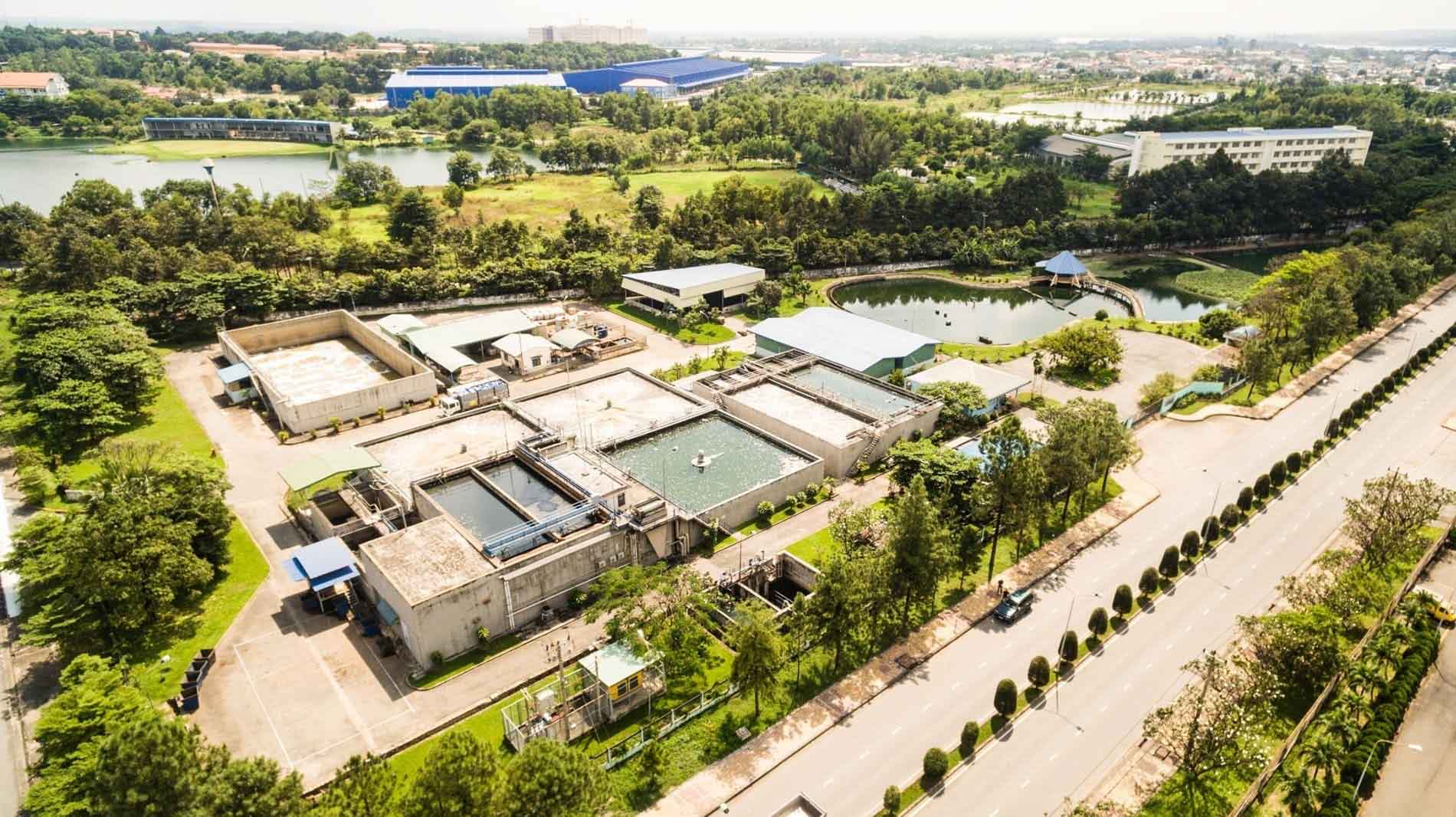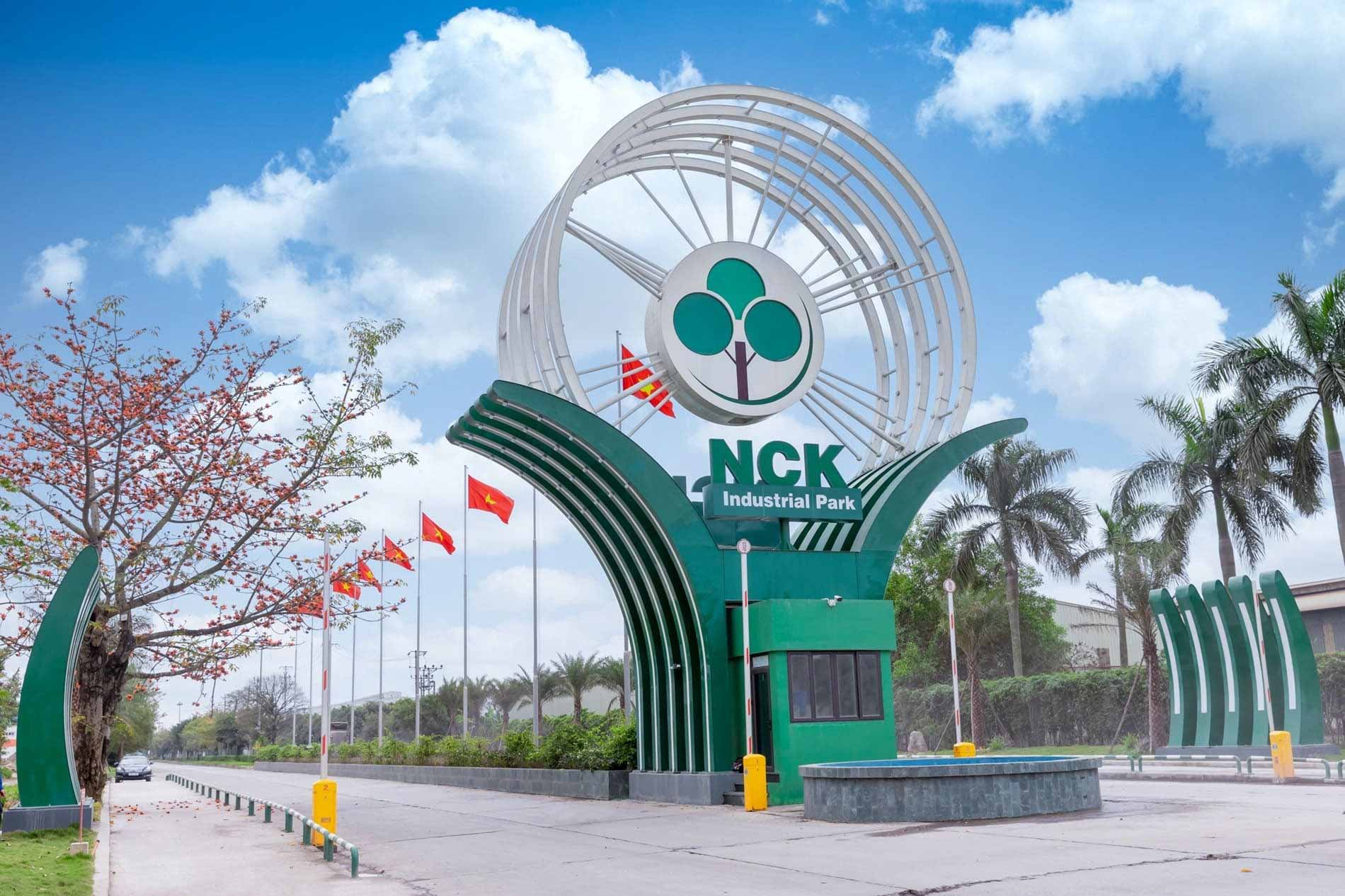As storage optimization becomes a growing concern, many businesses are re-evaluating their warehouse models. Among the options, silos are being increasingly modernized to meet the requirements of industrial sectors.
In this article, KTG Industrial takes a closer look at the key differences between traditional warehouses and silo storage to help businesses make effective and suitable decisions for their operations.
What is a silo?
A silo is a specialized storage facility designed to hold large volumes of loose, unpackaged materials. Thanks to its vertical and enclosed design, this type of storage is widely used in agriculture and industrial processing. It is especially effective for storing grain, harvested crops, or fermented feed.
In addition to agricultural goods, silos are also used for materials such as food ingredients, cement, sand, gravel, plastic pellets, sawdust, wood chips, and biofuels.
With storage capacities often exceeding 1,000 tons, silos are considered an efficient solution for dry material storage. They help extend product shelf life and minimize material loss after production or harvest.
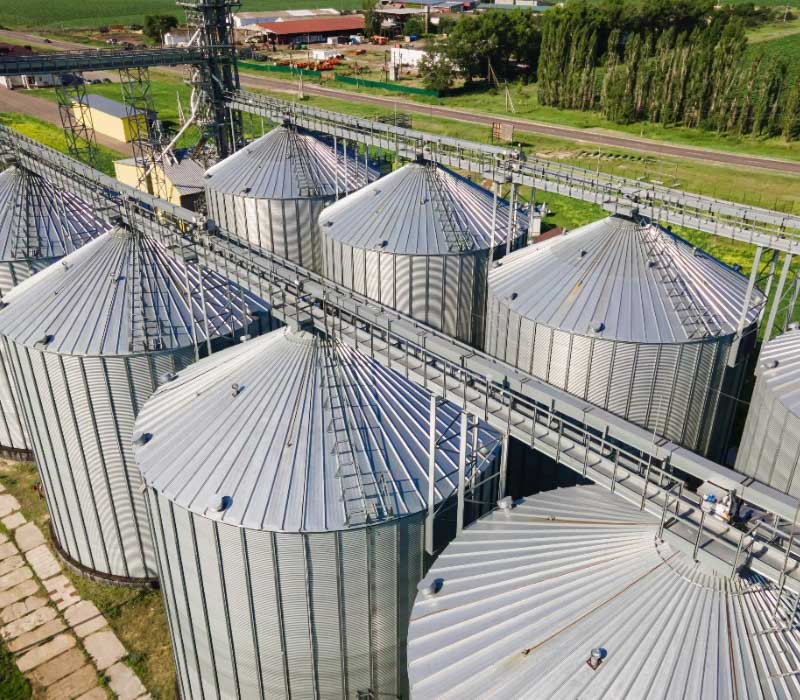
Silos remain a common storage solution in the agricultural industry
What is a conventional warehouse?
A conventional warehouse is a type of facility built for storing goods, raw materials, or finished products for either short-term or long-term periods.
These warehouses typically feature simple designs focused on maximizing floor space and rely heavily on manual labor for inbound, outbound, and inventory operations.
Today, many businesses opt for ready-built warehouse models as a form of conventional storage. These facilities help reduce construction time and upfront investment costs while offering immediate usability when operations begin.
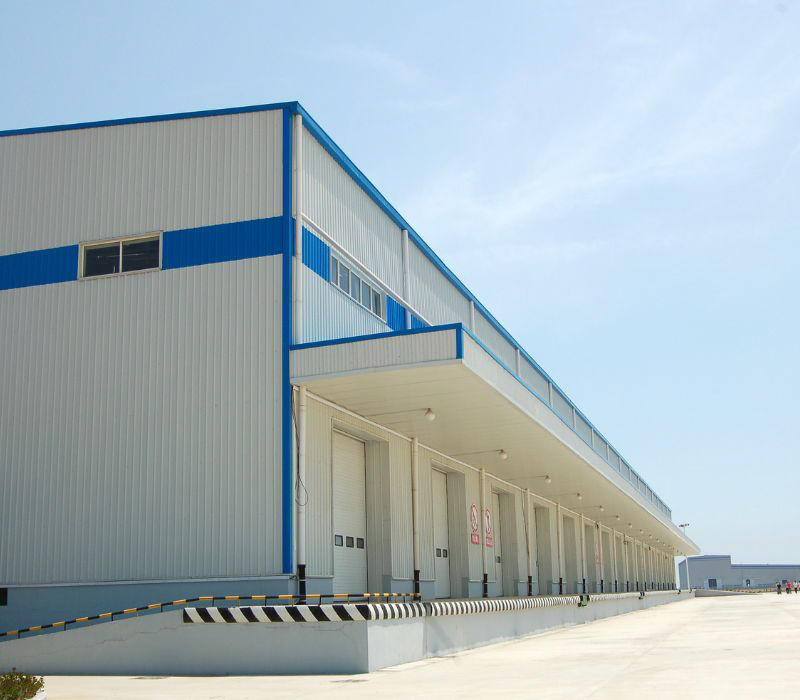
Conventional warehouses serve as traditional storage solutions for goods
Detailed comparison between conventional warehouses and silo storage
Depending on the type of goods and operational objectives, businesses can choose the storage model that best suits their needs in terms of cost-efficiency and space optimization.
Among the most widely used solutions are conventional warehouses and silos, which differ significantly in function, design, operational technology, and performance.
The following table provides a comprehensive overview of both models:
| Criteria | Conventional warehouse | Silo storage |
| Function | Stores a wide range of goods, from raw materials to finished products | Primarily used to store bulk agricultural goods such as rice, corn, or feed |
| Size flexibility | Flexible sizing, customizable to operational requirements | Typically large, especially in tower or underground silo formats |
| Land use | Requires significant land area to accommodate horizontal storage | More space-efficient, especially tower silos designed for vertical storage |
| Inflow/outflow | Usually handled manually or with forklifts | Can integrate automated systems like conveyors, feed hoppers, and dispensers |
| Preservation | Environmental control (humidity, temperature) is often manual | Capable of automatically monitoring and adjusting environmental conditions |
| Key benefits | Versatile, supports a wide variety of goods and business sizes | High-capacity storage, efficient preservation, reduced labor and operating costs |
| Investment costs | Often higher due to larger construction area and flexible operations | Potentially more cost-effective if combined with proper design and automation |
Comparison of advantages between silo storage and conventional warehouse
As businesses increasingly focus on storage efficiency and goods preservation, choosing the right warehouse model is a critical decision. Two popular solutions, silo storage and conventional warehouses, each offer distinct advantages tailored to specific operational needs.
Based on key factors such as space usage, functionality, preservation capabilities, and operational costs, the table below outlines the prominent strengths of each model to support strategic investment planning:
| Criteria | Silo storage | Conventional warehouse |
| Space optimization | Vertical structure uses as little as 2 m² per ton (depending on the material); no added land needed for capacity expansion | Requires more land due to horizontal layout; suitable for a wide variety of goods |
| Storage capacity | Can store thousands of tons in the same footprint; highly efficient for loose agricultural products | Adjustable space for various packaging types, load sizes, and product categories |
| Preservation efficiency | Equipped with fans, temperature and humidity sensors to prevent mold, insects, and spoilage | Can maintain suitable conditions with proper insulation, structure, and monitoring systems |
| Storage duration | Preserves agricultural products for 2–3 years under controlled conditions | Better suited for short- to medium-term storage; allows easy inspection and fast retrieval |
| Inbound/outbound speed | Fully automated via conveyor belts, loading funnels, and direct transport to shipping points | Can be fast if well organized and supported by basic technology; suitable for manual labor teams |
| Labor costs | Highly optimized with minimal staffing (robot-to-human ratio up to 1:10) | Higher due to manual operations, though manageable for mid-sized operations |
| Automation level | High level of automation; minimal manual intervention required | Flexible allows gradual adoption of tech like WMS, barcodes, or IoT depending on budget |
| Product quality protection | Maintains quality and reduces loss throughout the storage and transport process | Manual oversight allows for quick issue detection, suitable for sensitive or fast-moving goods |

Businesses should choose the warehouse model based on actual needs and product characteristics to optimize usage efficiency
Comparing warehouse and silo storage in real-world applications
In practice, warehouses and silos serve distinct storage purposes depending on the nature of the goods and the industry. Each model offers unique advantages tailored to specific operational requirements.
How is silo storage applied in real life?
Silo storage is widely used in both agriculture and industry due to its long-term preservation capabilities and efficient operations.
In the agricultural sector, silos are commonly used to store grains, animal feed, and fermented food products, helping maintain quality while protecting against harmful external factors.
In industrial contexts, silos serve as an ideal solution for bulk materials such as cement, plastic pellets, sand, and sawdust. Their vertical design helps businesses save space, reduce costs, and increase production efficiency by automating material handling and preserving large volumes under controlled conditions.
How is the conventional warehouse used in practice?
Despite the rise of automated systems, conventional warehouses continue to play a vital role across industries due to their flexibility and capacity to handle a wide variety of goods. In manufacturing, they are used to store raw materials and finished products.
In the retail and commercial sectors, conventional warehouses act as distribution hubs, helping ensure timely product delivery.
They are also widely applied in import-export logistics, food storage, agriculture, electronics, spare parts management, and even in strategic reserve planning for emergency situations.
Conclusion
In summary, the comparison between conventional warehouses and silo storage reveals that each model brings distinct advantages suitable for different industries and operational needs.
Conventional warehouses are versatile, easy to customize, and broadly applicable, while silos offer high storage capacity, space efficiency, and optimized preservation for bulk materials.
Therefore, businesses should carefully evaluate their storage objectives, types of goods, and logistics strategies to select the most appropriate solution—one that balances operational efficiency with long-term cost effectiveness.

